Scientists have uncovered some of the unique biochemical survival tactics employed by a species of Pseudomonas found living in an ice-covered lake in Antarctica. Their analysis of the cells’ outer membrane showed how hydroxylation and phosphorylation patterns in the lipid A portion of its lipopolysaccharides help the bacterium tolerate near-freezing temperatures.1
Pseudomonas, a group of Gram-negative bacteria, are one of the most abundant microbial genera on the planet, with over 300 species currently known. Predominantly saprophytic organisms, most species of Pseudomonas live in soil, vegetation or water with a small number operating as opportunistic pathogens to humans.
Some Pseudomonas inhabit inhospitable niches. Like other extremophiles, some Pseudomonas adapt their biochemical traits to thrive in conditions such as high salinity, reduced oxygen availability and freezing temperatures.
Flaviana Di Lorenzo of University of Naples Federico II, and colleagues isolated one such species, Pseudomonas sp. EW#7, from Enigma Lake in Antarctica to determine how these microbes survive there. Named after a mysterious sediment deposition in its centre, Engima Lake is permanently covered with ice and the body of water trapped beneath can fall to 0.4°C.
The team purified and inspected the lipopolysaccharide outer membrane of sp. EW#7. Samples comprising the o-antigen, core oligosaccharides and lipid A, were kept at 20°C and 0.4°C for analysis and characterisation.
Though a combination of Maldi-Tof mass spectrometry and 1D and 2D NMR they found that both sets of samples exhibited the same o-antigen repeating unit and showed no difference in the carbohydrate portion of the lipopolysaccharide.
Using negative-ion Maldi-Tof tandem mass spectrometry, however, they discovered changes in the lipid A portion of the lipopolysaccharide in the samples kept at 0.4°C. Here they saw reduced hydroxylation of fatty acids and increased phosphorylation compared to the warmer samples. Additionally, molecular dynamic studies showed less secondary hydroxylation but also hyperphosphorylation of fatty acids in lipid A samples kept at 0.4°C. These biochemical tweaks seemed to support lateral diffusion in the membrane, allowing it to maintain fluidity and integrity, properties that are vital to the form and function of cells. Notably, such adaptations seem at odds with survival strategies adopted by other Pseudomonas species.2
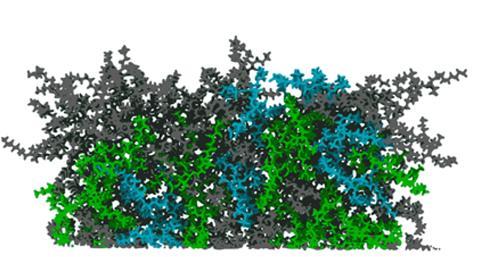
‘There might be some sort of regulation or some biological mechanism that is sensing these changes to make more phosphorylation and less hydroxylation in the second chain,’ comments Diana Sahonero-Canavesi, an expert in microbial physiology and membrane lipid biosynthesis at the Royal Netherlands Institute for Sea Research, who wasn’t involved in the research.
Sahonero-Canavesi says the findings present exciting prospects for further studies in various fields from biotechnology and biogeochemistry, to enzymology. ‘The microbial enzymes doing these changes are also of importance because they indicate that there must be a source of cold adaptive enzymes to make these specific changes.’ Furthermore, Sahonero-Canavesi notes that this work could set into motion investigations into the biosynthetic capabilities of Pseudomonas species, asking do these patterns in hydroxylation follow a trajectory to enable even sub-zero temperature adaptability?
References
1 M Mercogliano et al, Chem. Sci., 2024, DOI: 10.1039/d4sc05116e
2 M K Ray, G S Kumar and S Shivaji, J. Bacteriol., 1994, 176, 4243 (DOI: 10.1128/jb.176.14.4243-4249.1994)


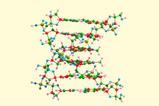
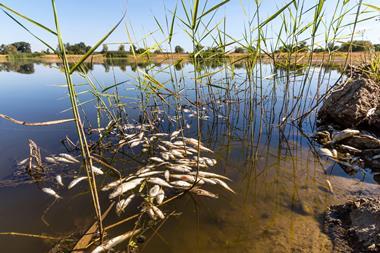
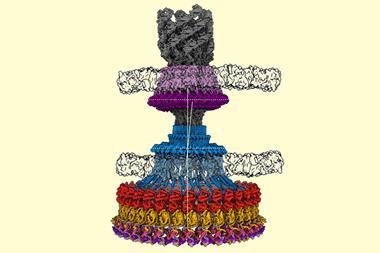
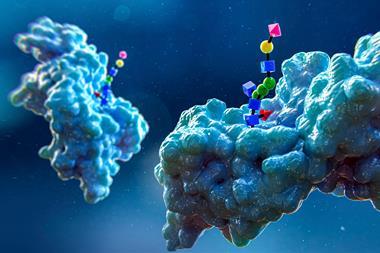
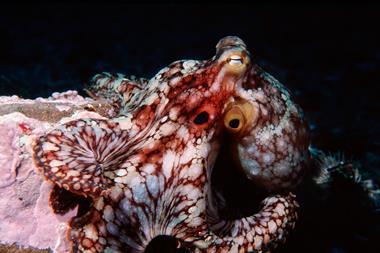
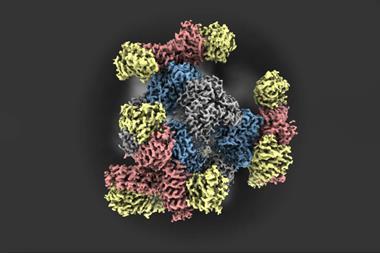







No comments yet